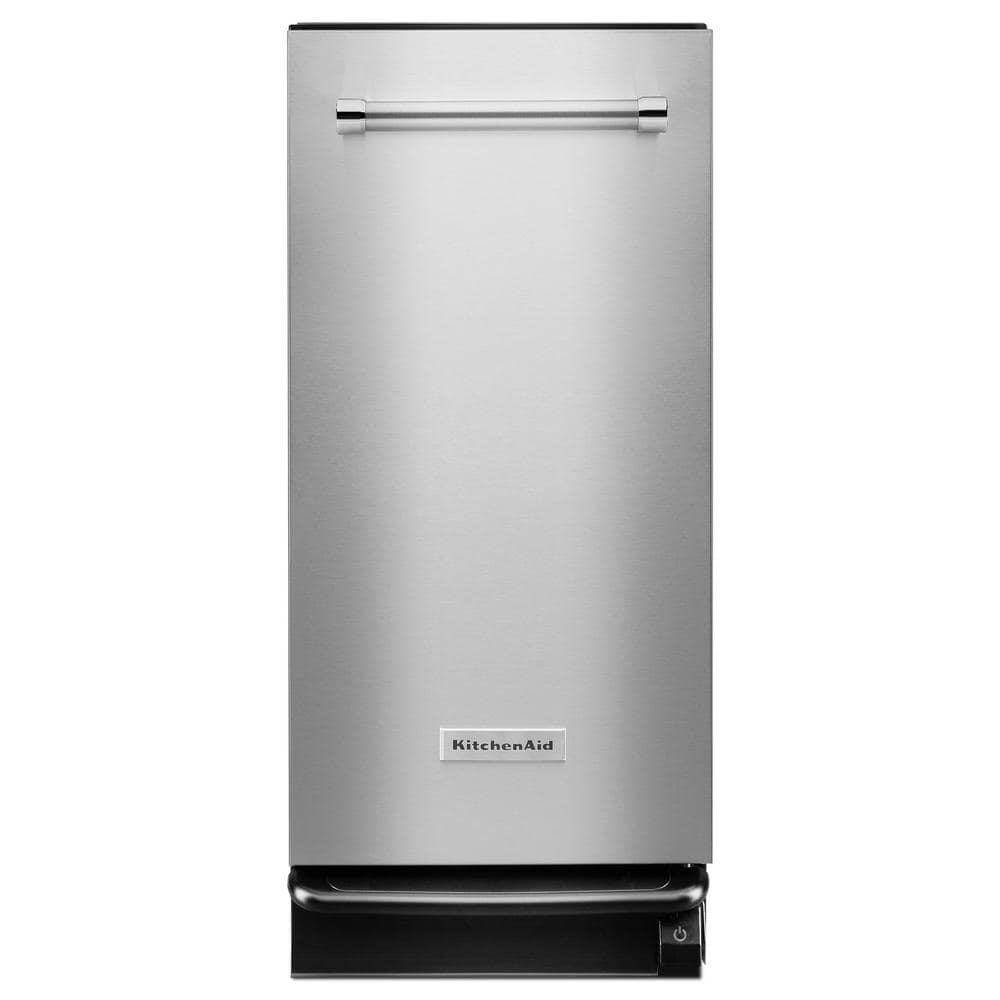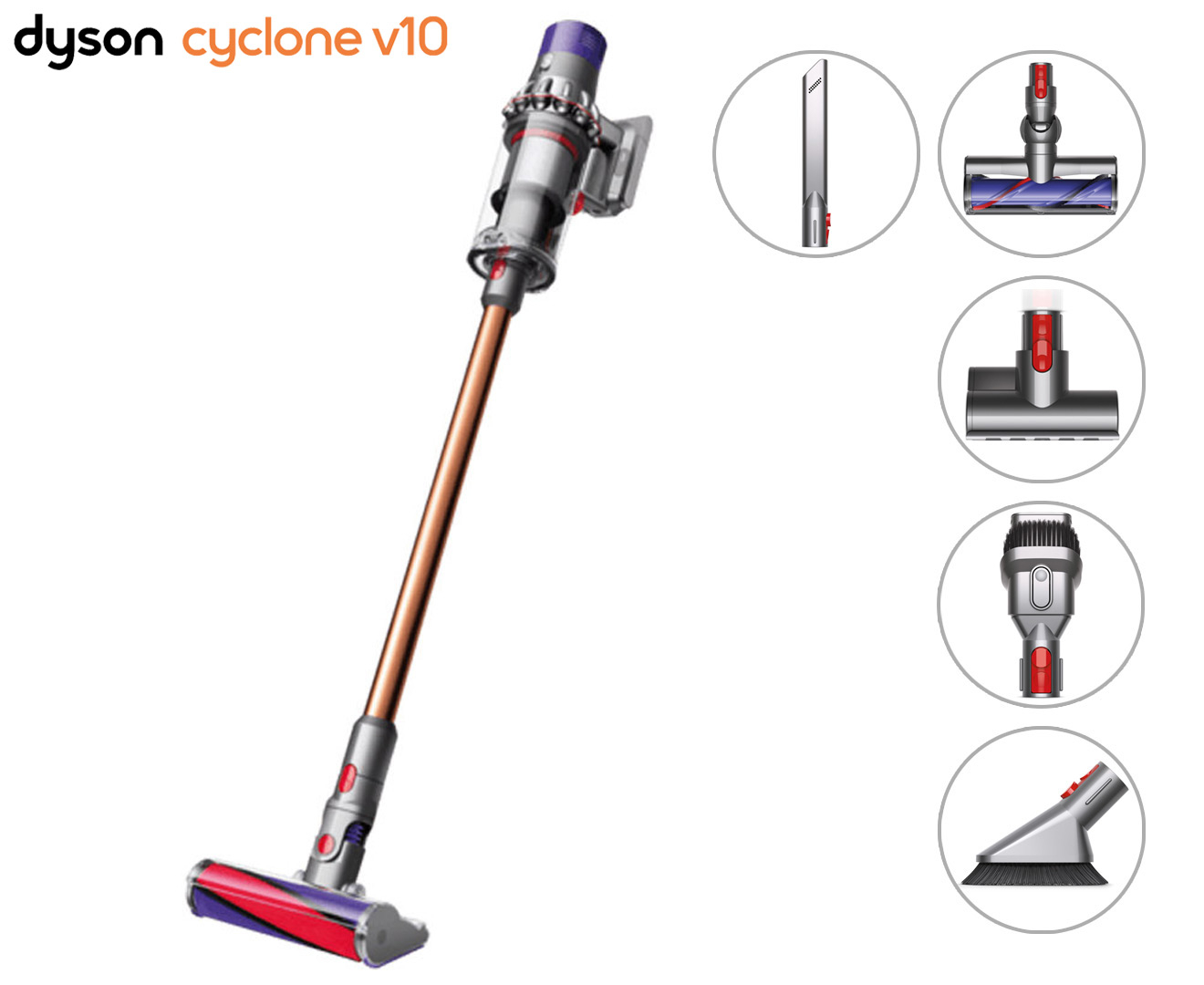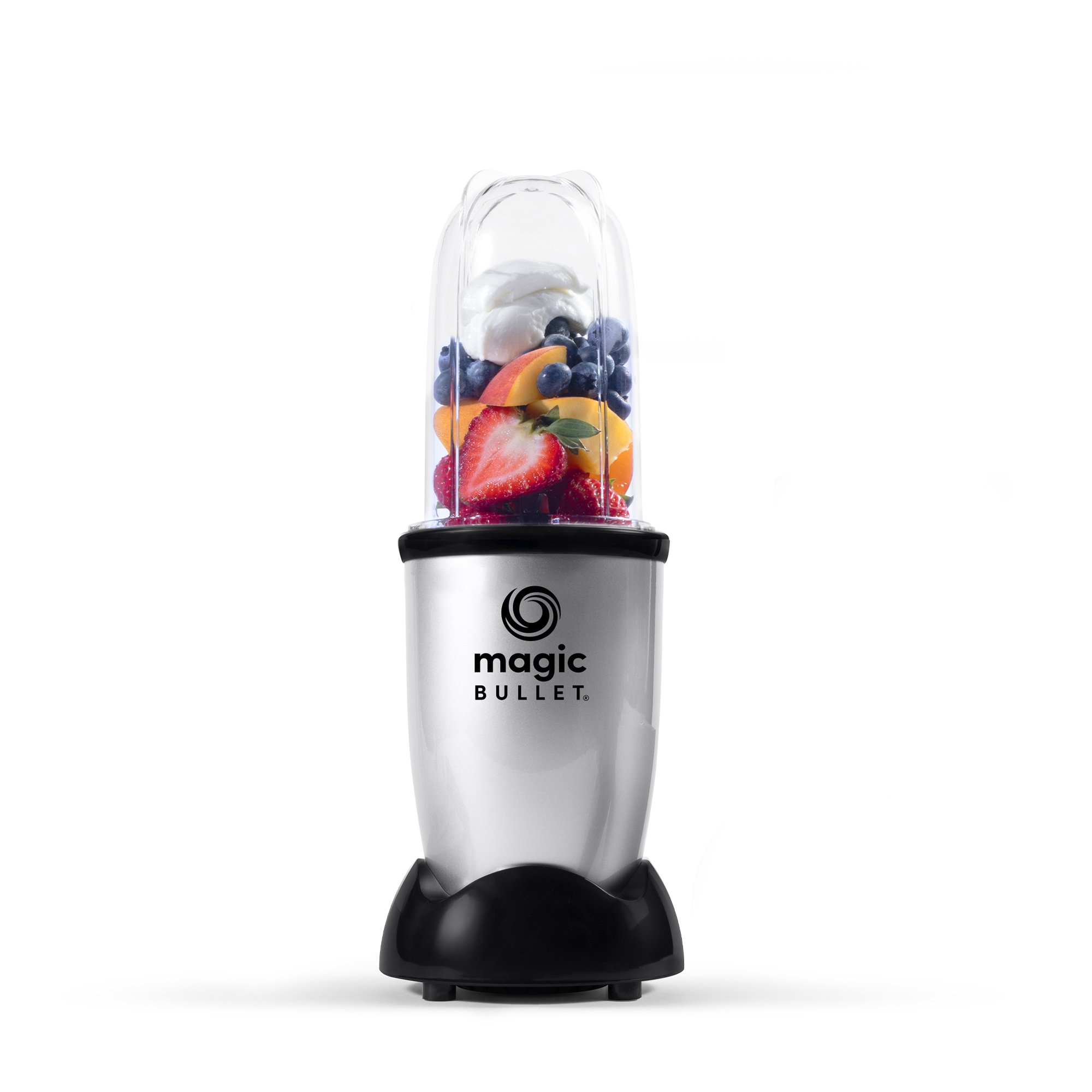KitchenAid 15 in. Built-In Trash Compactor in Stainless Steel
1/3 HP Motor helps ensure powerful, worry-free operation. SOLID PACK control with 5:1 compaction ratio reduces waste volume. WHISPER QUIET Plus helps maintain a quiet home environment.
Simplify your trash collecting and recycling efforts with this built-in trash compactor. Selecting the Solid Pack Control allows you to reduce trash volume by up to 80%. Not only will you use fewer bags, but with the odor management system, the trash compactor helps keep your kitchen odor free. The new design includes a fully integrated front panel.
- 1/3 HP Motor: Helps ensure powerful, worry-free operation
- Solid Pack Control with 5:1 Compaction Ratio: Reduces waste volume by up to 80% allowing the compactor to condense the amount of garbage that would fill five trash bags into one bag.
- Whisper Quiet Plus: Helps to maintain a quiet home environment while the compactor is running.
- Odor Management System: To minimize unpleasant odors, this compactor features the combination of a fan and charcoal filter to help trap odors.
Additional information
| Cut-Out Depth x Height x Width (in.) | 24 x 34.25 x 15.25 |
|---|---|
| Product Depth x Height x Width (in.) | 24 x 34.13 x 15 |
| Certifications and Listings | UL Listed |
| Manufacturer Warranty | 1 Year Limited Warranty |






by Jana
Elegant, quiet & efficient
by Jim
I like how quiet this trash compactor is compared to my last one. I would buy it again.
by Thierry
Completely met expectations and it was exactly what I ordered. The gentlemen who came to install did it perfectly and treated the house with respect. Would definitely buy another.
by Remy
Replaced the old one, it’s got some improvements and some misses, but it does the job.
by Fandango
This purchase is one of my best investment we saving so much space by compacting all our recycling.
by Frances
The compactor is not as sturdy built as they were in the late 70’s. Also the store nor on line do they handle the compactor bags for it. Ordered Residential bags on line and received a large roll of heavy plastic that I will use under my “bark around my plants for landscaping. It was a continuous roll no perforations…come on you can do better than that plus your person in Florida argued that if said Residention Compactor bags that’s what they were. Got them for less money from another distributor in Florida in less that 48 hrs.